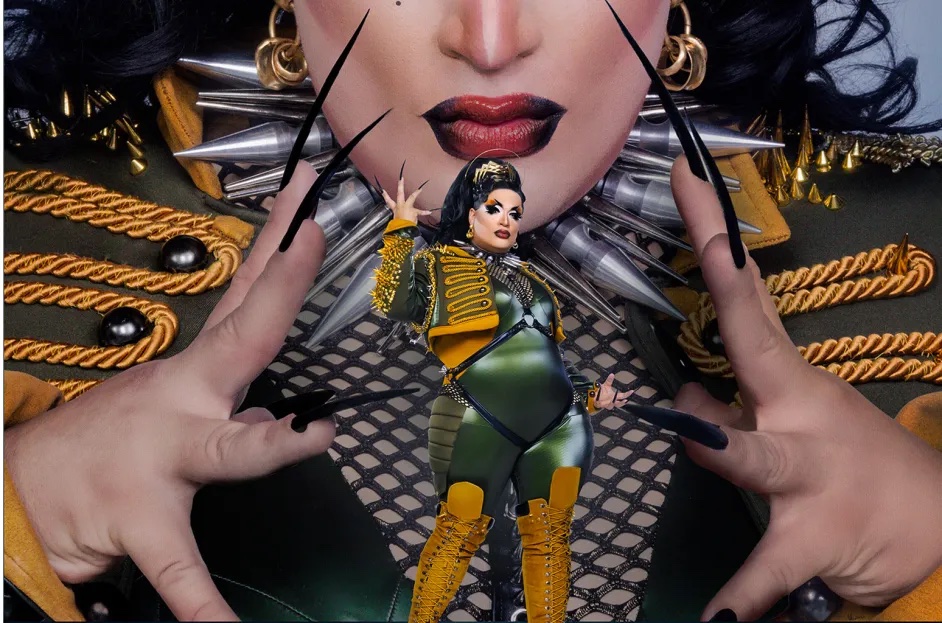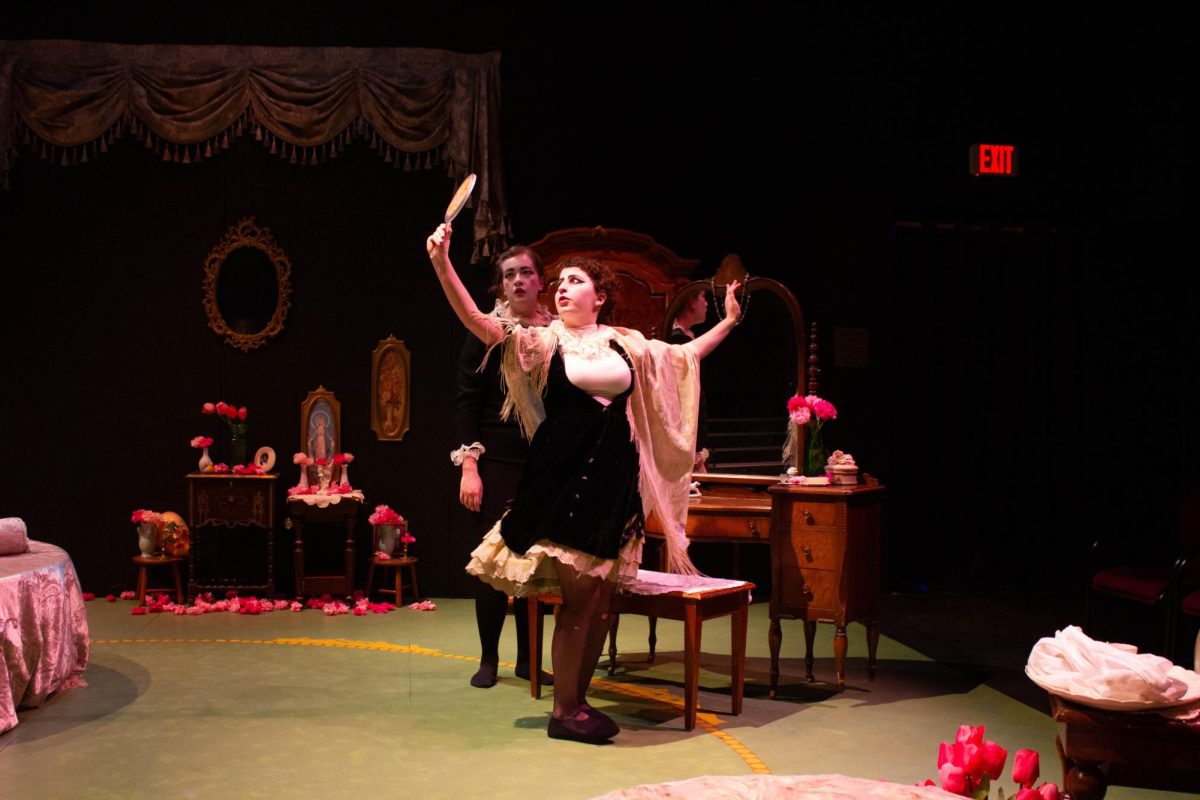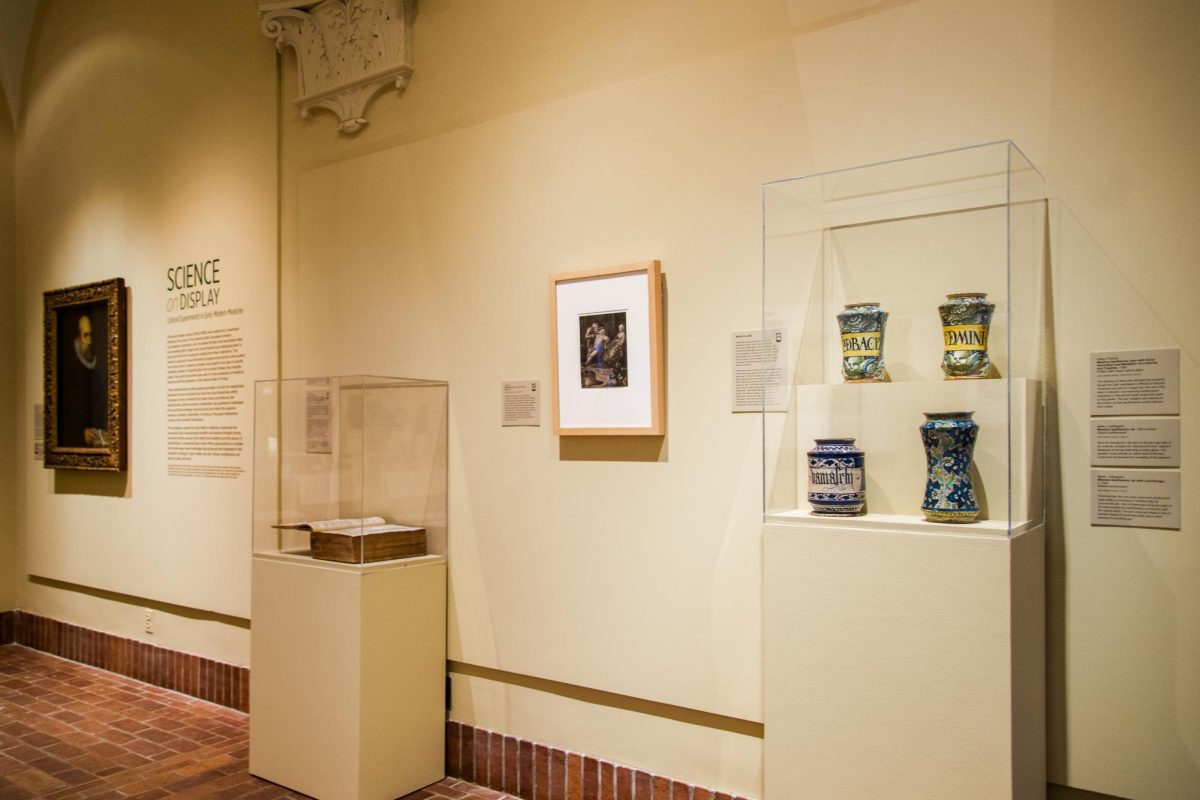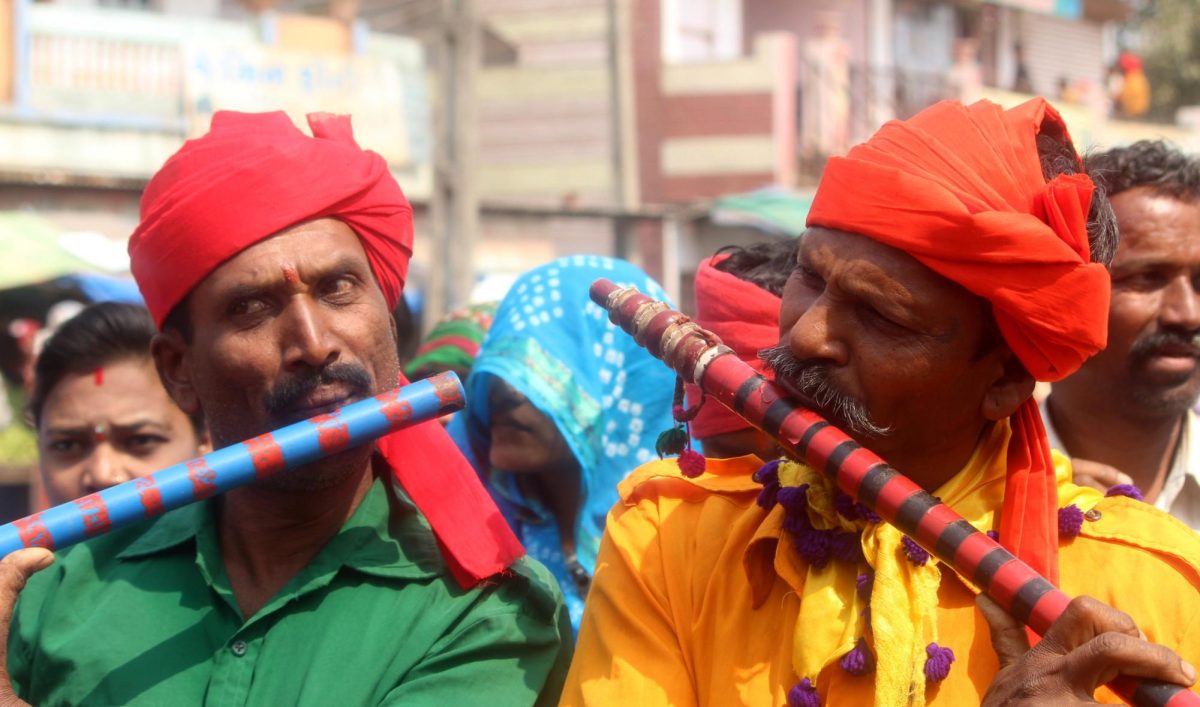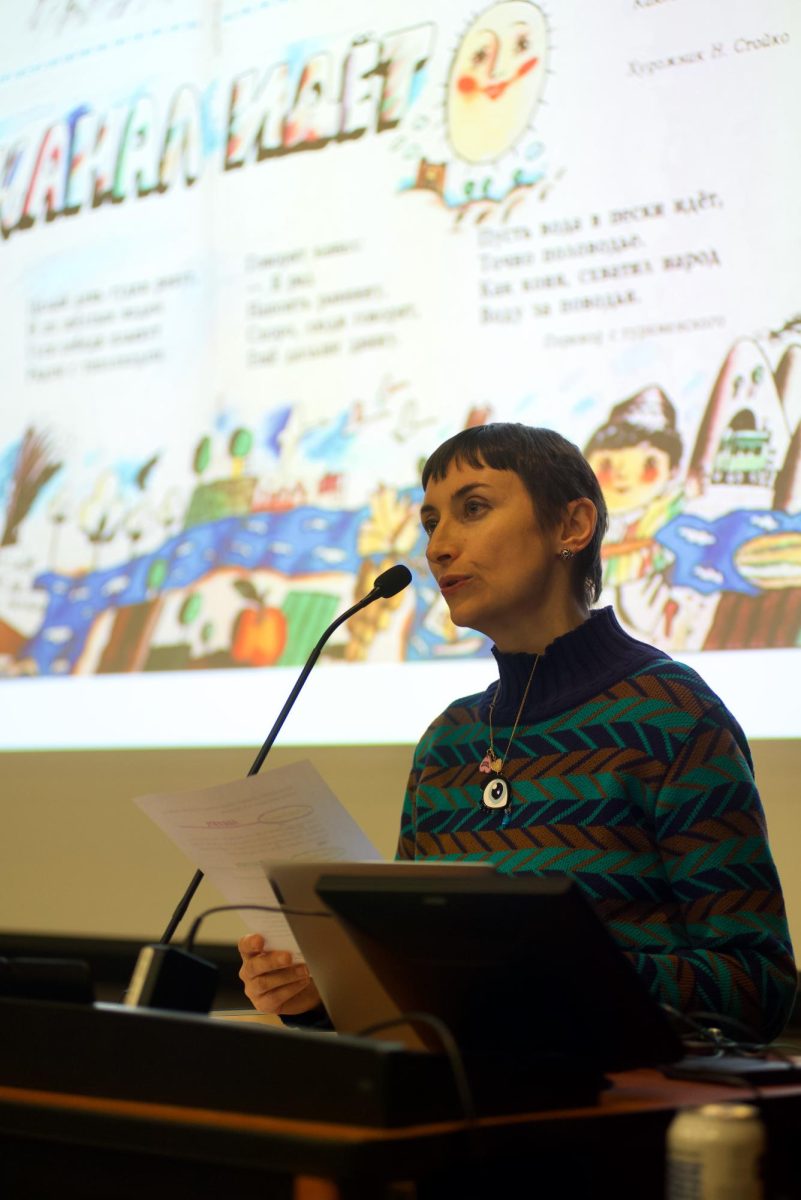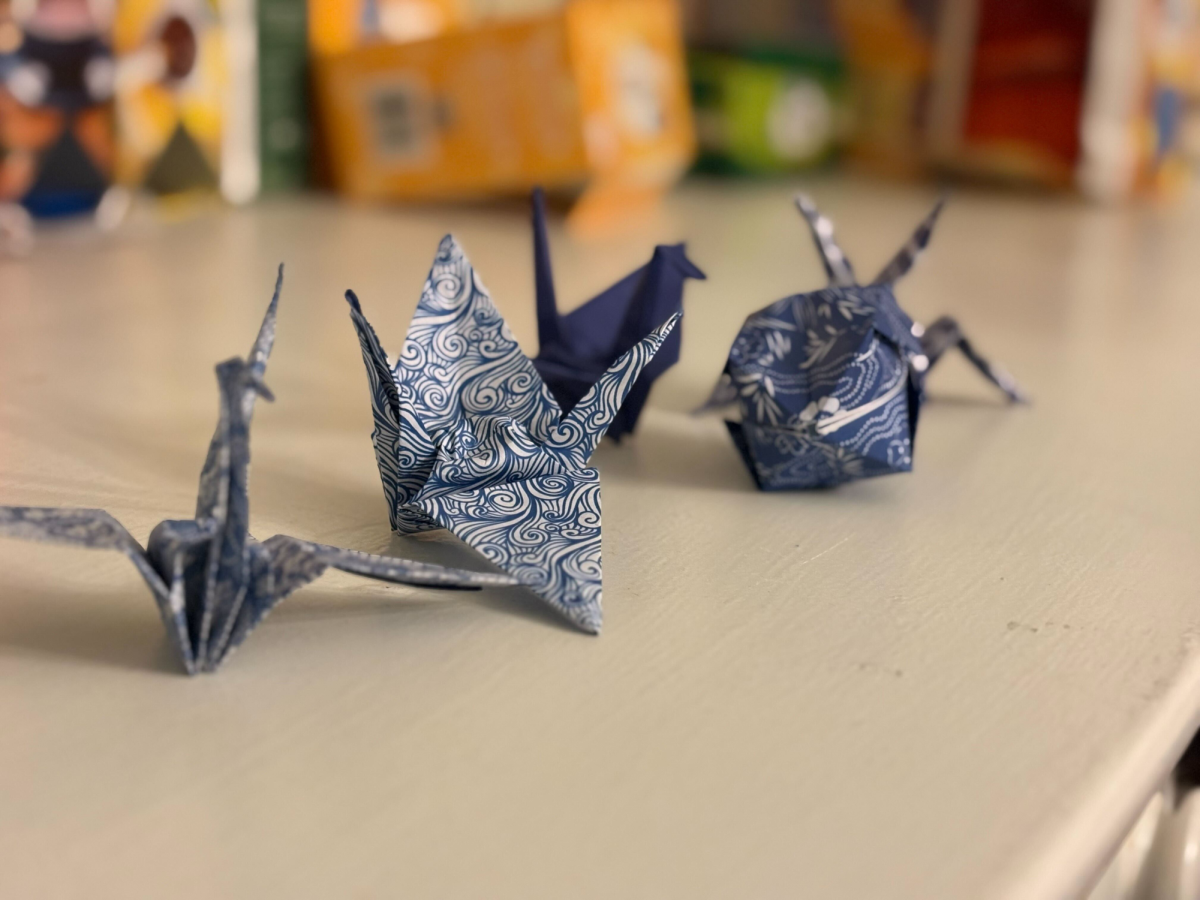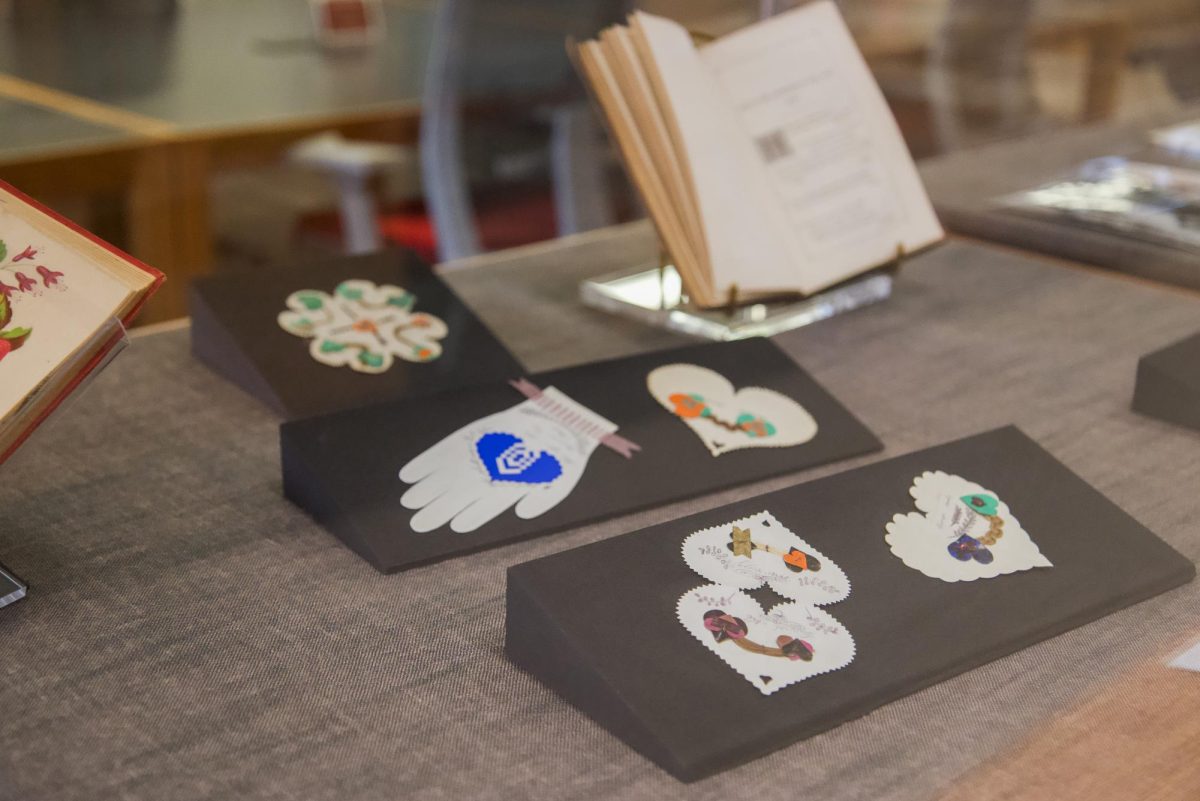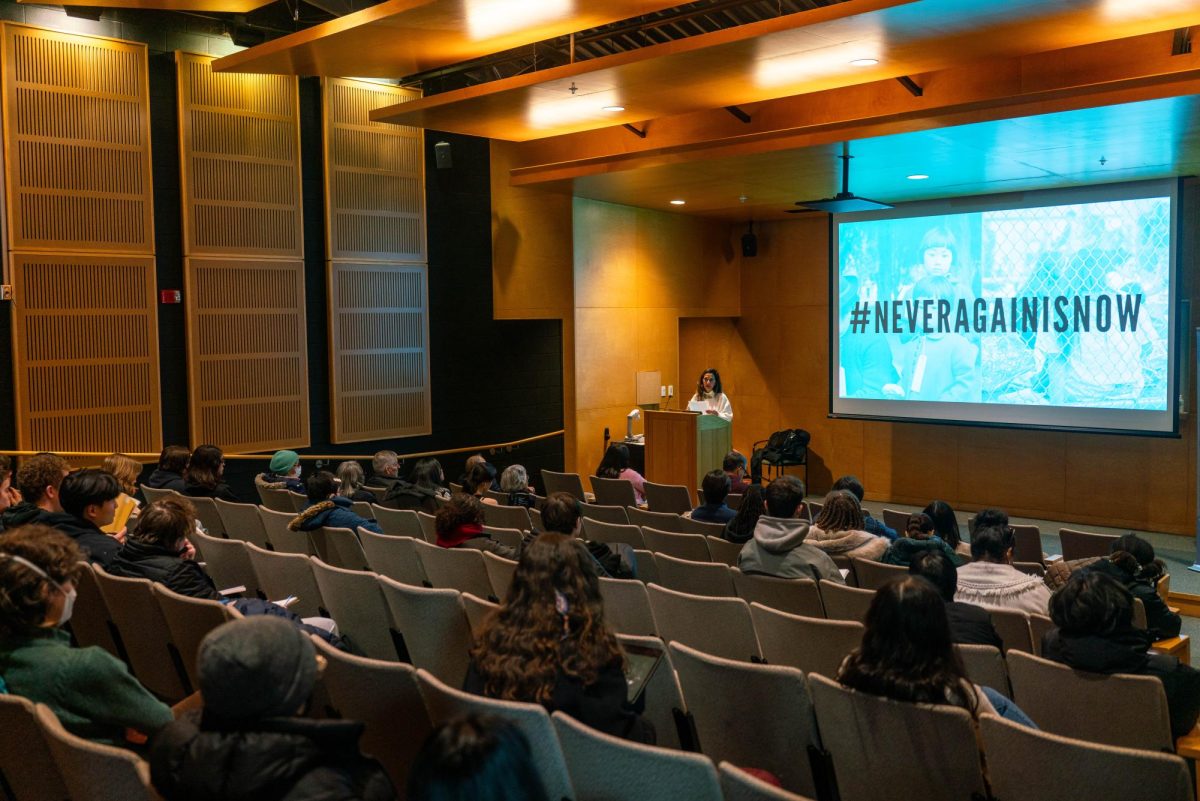This Sunday, as a record 127.7 million people tuned in for the 59th Super Bowl — featuring football, celebrities, and a performance by Kendrick Lamar and SZA — another tradition reared its head: Super Bowl commercials. Super Bowl commercials have been popular since the first Super Bowl in 1967. However, it wasn’t until 1984 that commercials got a makeover that turned them into the advertisements we know today. The changemaker was Apple’s 1984 Super Bowl commercial, created in partnership with the advertising agency Chiat/Day and the filmmaker Ridley Scott. The commercial, unlike the others streamed during the 1984 Super Bowl, was uniquely cinematic. It told a story, the moral of which was written at the end of the commercial: “On January 24th, Apple Computer will introduce Macintosh. And you’ll see why 1984 won’t be like 1984.” The press that followed the 30-second commercial is said to have equated to $150 million of free advertising.
Apple’s innovative commercial only played once, for 30 seconds, live during the Super Bowl. In the weeks leading up to the 2025 Super Bowl, and the days since the event, commercials produced for the game have popped up across all platforms, some even premiering at the Grammys the weekend prior. In 1967, at the first Super Bowl, the estimated cost of a 30-second commercial was $42,000, or about $400,000 adjusted for inflation. Today, that number is estimated to be closer to $8 million. The world of advertising is entirely new in 2025, so shouldn’t these commercials be all the more exciting and creative? Instead, this year’s showing was like so many large-scale events this year, disappointing.
Many commercials depended on self-deprecating celebrity appearances, such as Duracell’s representation of Tom Brady as a battery-powered robot. Dunkin’ invited Ben and Casey Affleck for a confusing one-minute preparation for a “coffee brand band” battle against an army of Starbucks green-clad “Barista Bros,” all while Succession’s Jeremy Strong submerged himself in a tank full of coffee.
Häagen-Dazs brought Vin Diesel and Michelle Rodriguez to enjoy an ice cream during a peaceful drive, On’s air time featured a conversation between former Swiss tennis player Roger Federer and Elmo, and Ritz Crackers brought together a few of the “saltiest” celebrities: Aubrey Plaza, Michael Shannon, and Bad Bunny.
Poppi appealed to a new audience, inviting influencers to recommend Poppi as a soda alternative to their indecisive friends. While there were certainly many Super Bowl viewers who didn’t recognize these influencers, it was a creative way to reach a younger audience. Poppi’s pre-Super Bowl marketing is receiving backlash online. The company sent 32 influencers Poppi-themed vending machines, much to the dismay of many social media users, who argued these vending machines would be better served in hospitals, colleges, and athletic departments.
Hellman’s provides an alternative to the health movement present in the other commercials of this year. Meg Ryan and Billy Crystal reunite and recreate the iconic diner scene from When Harry Met Sally. Only this time, Meg Ryan adds a dollop of Hellmann’s mayonnaise to her sandwich, which, as in the movie, initiates an exaggerated moaning from Ryan. Actress Sydney Sweeney pops in to deliver the famous, “I’ll have what she’s having” line, which, unfortunately, fell flat.
Some of the ads were more audacious. Novartis’s 40 seconds of breasts, before directing attention to the harrowing fact that over 6 million viewers of the game may be diagnosed with breast cancer — featuring real-life cancer survivor Wanda Sykes’ plea for more attention on breast cancer.
Tubi imagined a surreal world in which a man’s taste in movies manifested in his physical appearance — that is, he was born with a cowboy hat-shaped head in reference to his love of westerns. Through this strange, fleshy hat, Tubi welcomes fans of all genres, claiming, “If it’s in you, it’s here.”
The beer industry reared its filmic head this year, with Stella Artois, Budweiser, Michelob Ultra, and Coors Light producing distinct advertisements. Stella’s advertisement was uniquely cinematic against the backdrop of this year’s program, featuring David Beckham and Matt Damon as long-lost brothers. Budweiser’s star was a young horse, nosing a keg through various terrain and delivering it to a bar. Coors Light featured a cast of human-sized sloths, moving slowly through their Monday after the Super Bowl, only to be cured by a pack of Coors Light. Michelob Ultra brought in heavy hitters Catherine O’Hara and Willem Dafoe as hustlers playing pickleball in exchange for beer. The diverse program and cast between these four commercials seem confused about the primary consumers of beer.
And then there was ChatGPT’s dancing, captivating, incredibly satisfying animation, complete with a pulsing backtrack. There is a special moment during a commercial when you shift from “What is this a commercial for?” to, “Oh, of course!” Something must be said about the fact that one small ball shapeshifting into tens of other forms did evoke that moment for ChatGPT.
If you missed Super Bowl Sunday, you’ll likely get the chance to see these commercials — possibly on repeat — over the next few weeks. This year’s program played it safe, as to be expected, but there were still some creative gems and celebrity faces that made it worthwhile.


